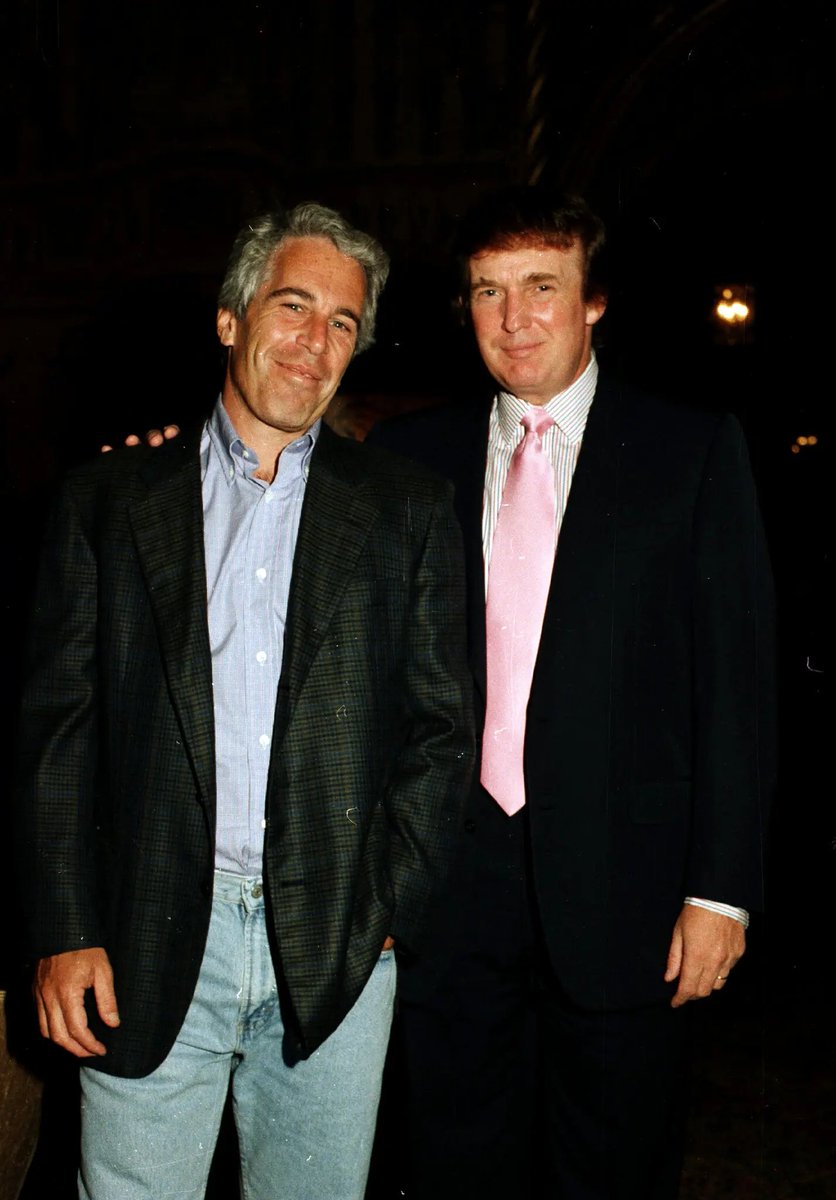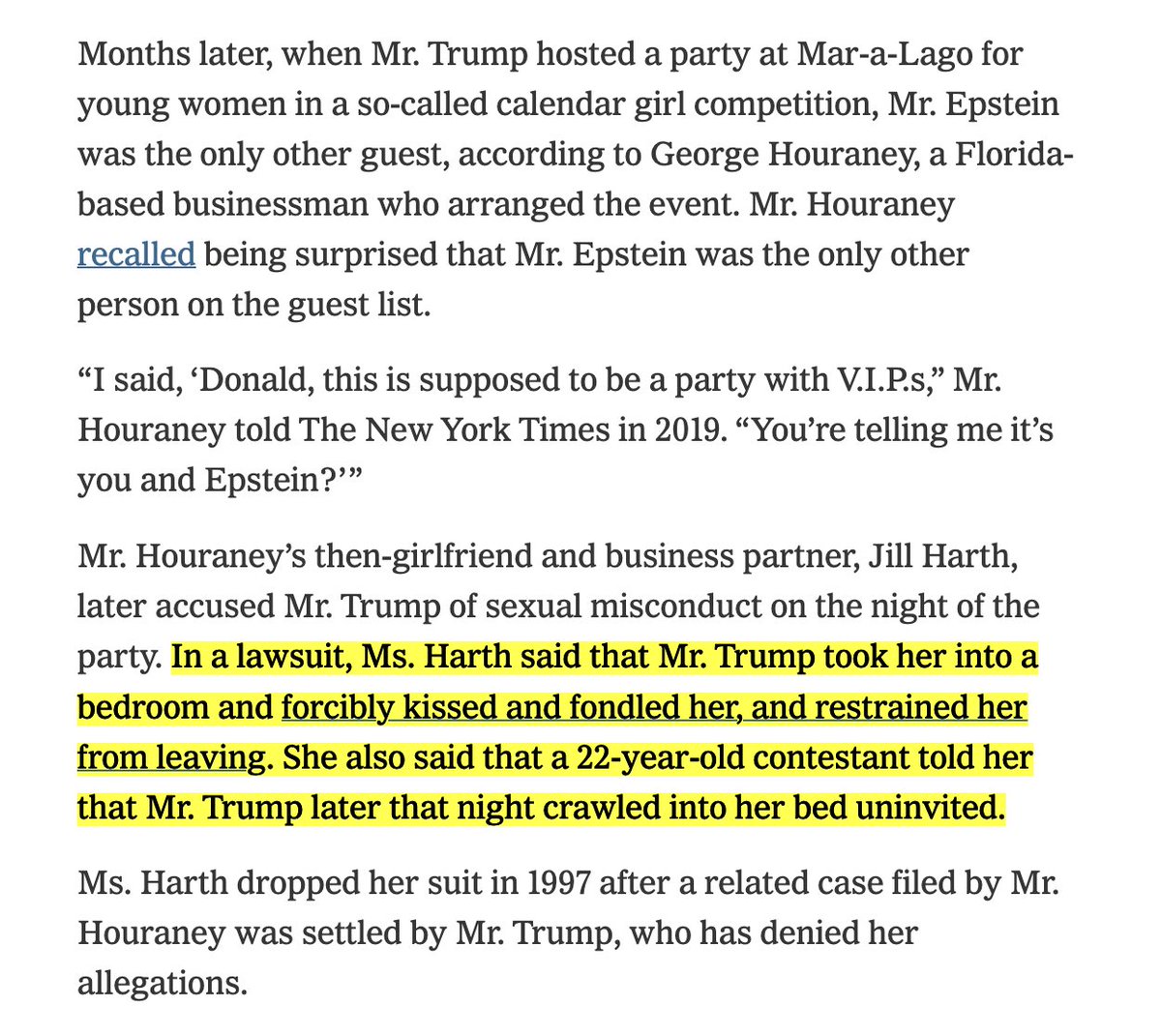I have spent the past few days researching the training of Uvalde officers, including the tactics they were expected to use to halt school shooters.
The documents are jarring. Here’s a thread of our findings so far.
1/9
The documents are jarring. Here’s a thread of our findings so far.
1/9
In the past two years, the Uvalde school district has hosted at least two active-shooter training days. One of them was just two months ago.
The trainings included both classroom teachings and role-playing scenarios inside school hallways (below).
nytimes.com/2022/05/26/us/…
2/9
The trainings included both classroom teachings and role-playing scenarios inside school hallways (below).
nytimes.com/2022/05/26/us/…
2/9
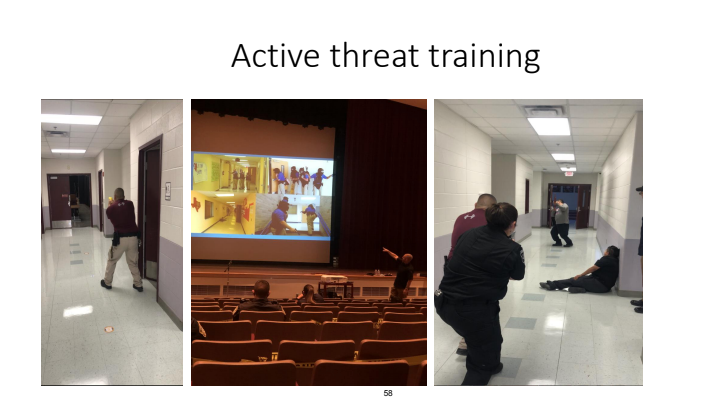
The Uvalde training session 2 months ago relied on guidelines that give explicit expectations for officers responding to an active shooter.
The training is clear: Time is of the essence. The “first priority is to move in and confront the attacker.”
nytimes.com/2022/05/27/us/…
3/9
The training is clear: Time is of the essence. The “first priority is to move in and confront the attacker.”
nytimes.com/2022/05/27/us/…
3/9
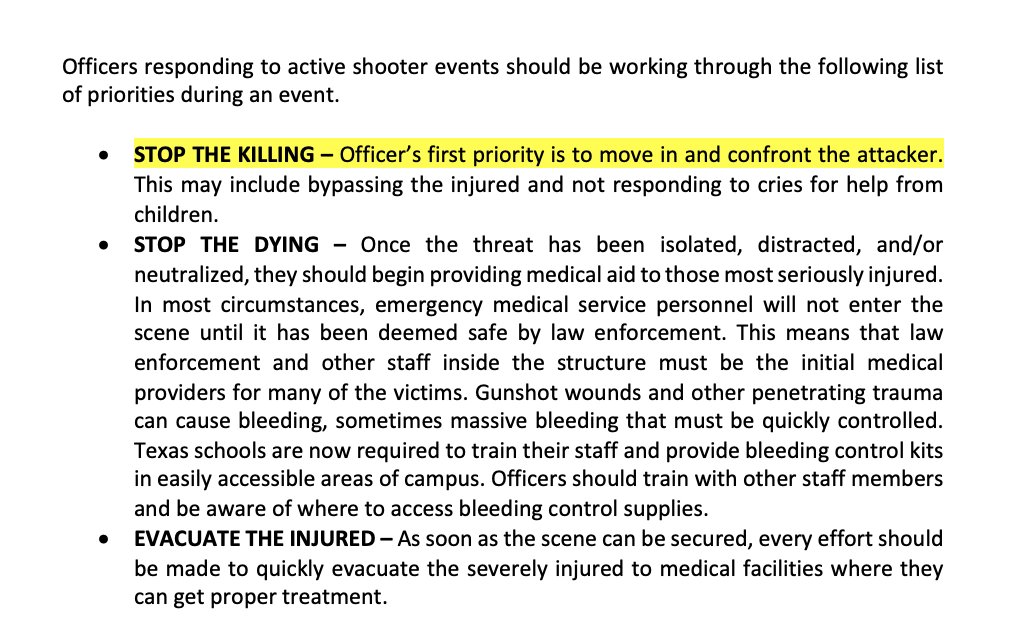
But how should officers confront the gunman? With a tactical team? The training says that's probably not feasible, because the urgency is so high.
A SINGLE OFFICER, the training says, may need to confront the suspect on their own.
4/9
A SINGLE OFFICER, the training says, may need to confront the suspect on their own.
4/9
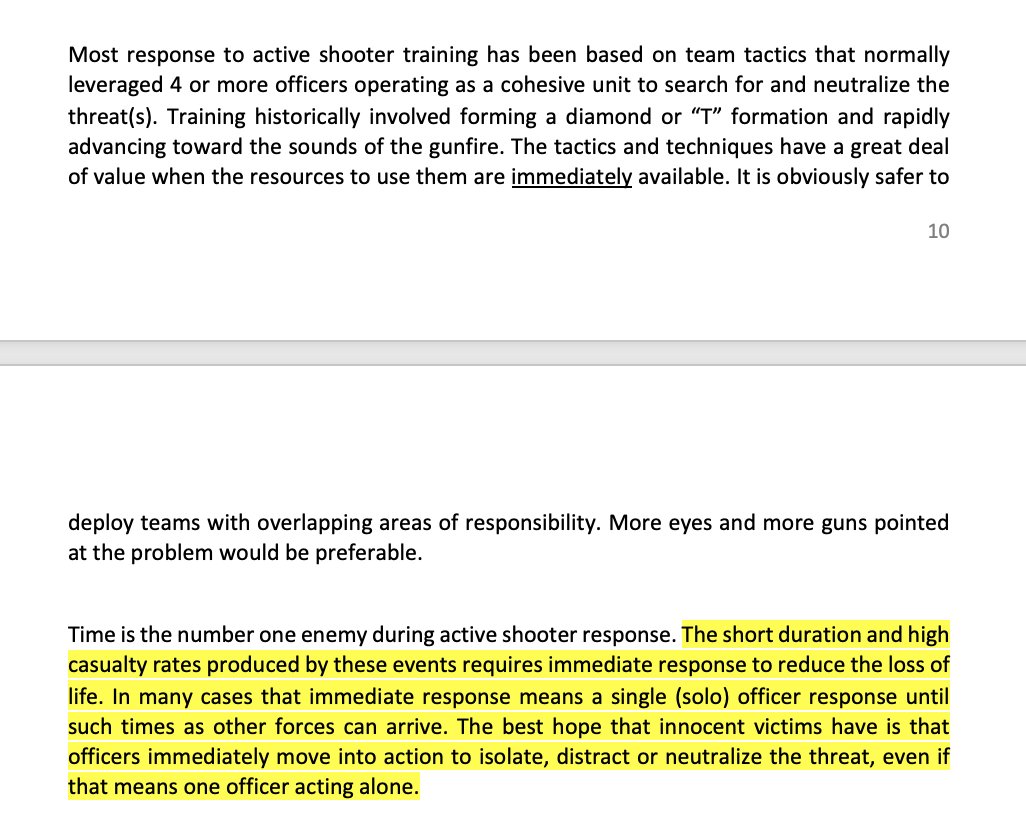
The guidelines provide sobering clarity: The first officers may be risking their lives. But, it says, innocent lives take priority.
“A first responder unwilling to place the lives of the innocent above their own safety should consider another career field."
5/9
“A first responder unwilling to place the lives of the innocent above their own safety should consider another career field."
5/9
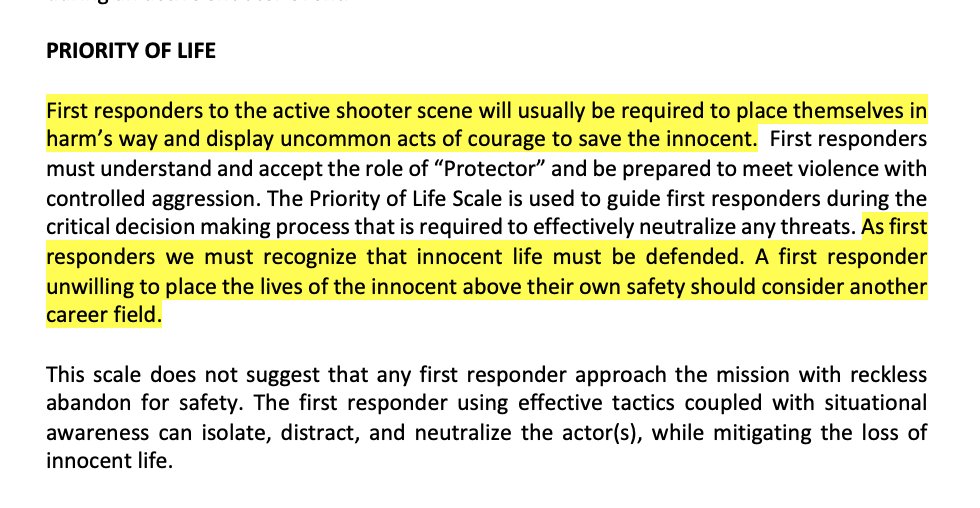
The training expectations are obviously in stark contrast to what we are seeing in Uvalde. Police officials have said that officers were reluctant to engage the gunman because “they could’ve been shot.”
washingtonpost.com/nation/2022/05…
6/9
washingtonpost.com/nation/2022/05…
6/9
The guidelines actually provide scenarios in which officers are shot, including one modeled after the Santa Fe High School shooting, also in Texas.
The scenario explains that if one officer is shot, the second “is expected to go on responding solo.”
7/9
The scenario explains that if one officer is shot, the second “is expected to go on responding solo.”
7/9
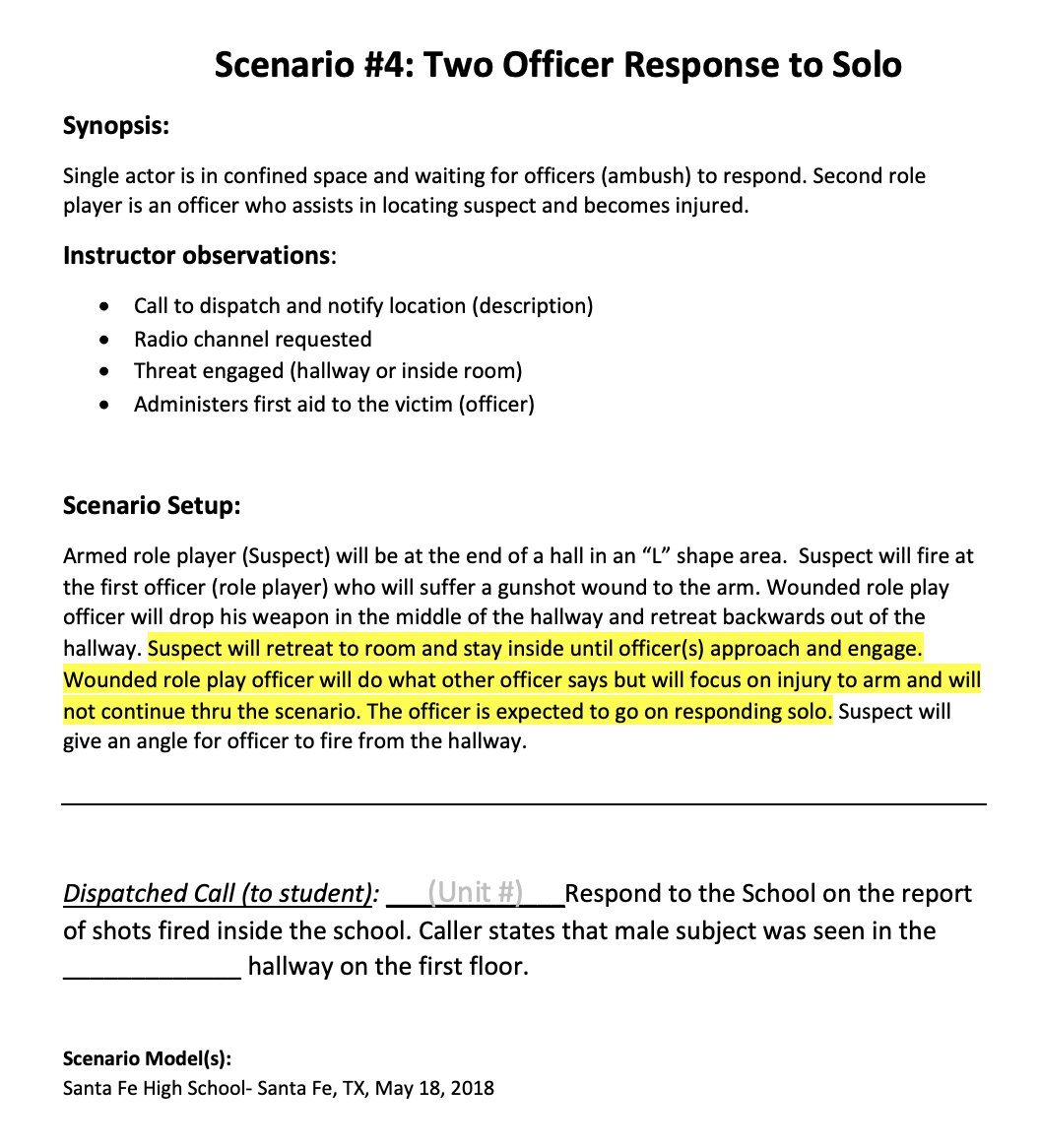
It’s clear that officers did not follow that scenario this week. 19 officers staged outside the classroom. 78 minutes elapsed before they entered. Children repeatedly called 911 from inside.
“It was the wrong decision,” top officer says.
nytimes.com/live/2022/05/2…
8/9
“It was the wrong decision,” top officer says.
nytimes.com/live/2022/05/2…
8/9
We are continuing to scrutinize the Uvalde response. Meanwhile, here’s a look at nationwide training for active shooters.
“If you know children are being murdered, why do you wait? Get in there.”
nytimes.com/2022/05/27/us/…
9/9
“If you know children are being murdered, why do you wait? Get in there.”
nytimes.com/2022/05/27/us/…
9/9
• • •
Missing some Tweet in this thread? You can try to
force a refresh


